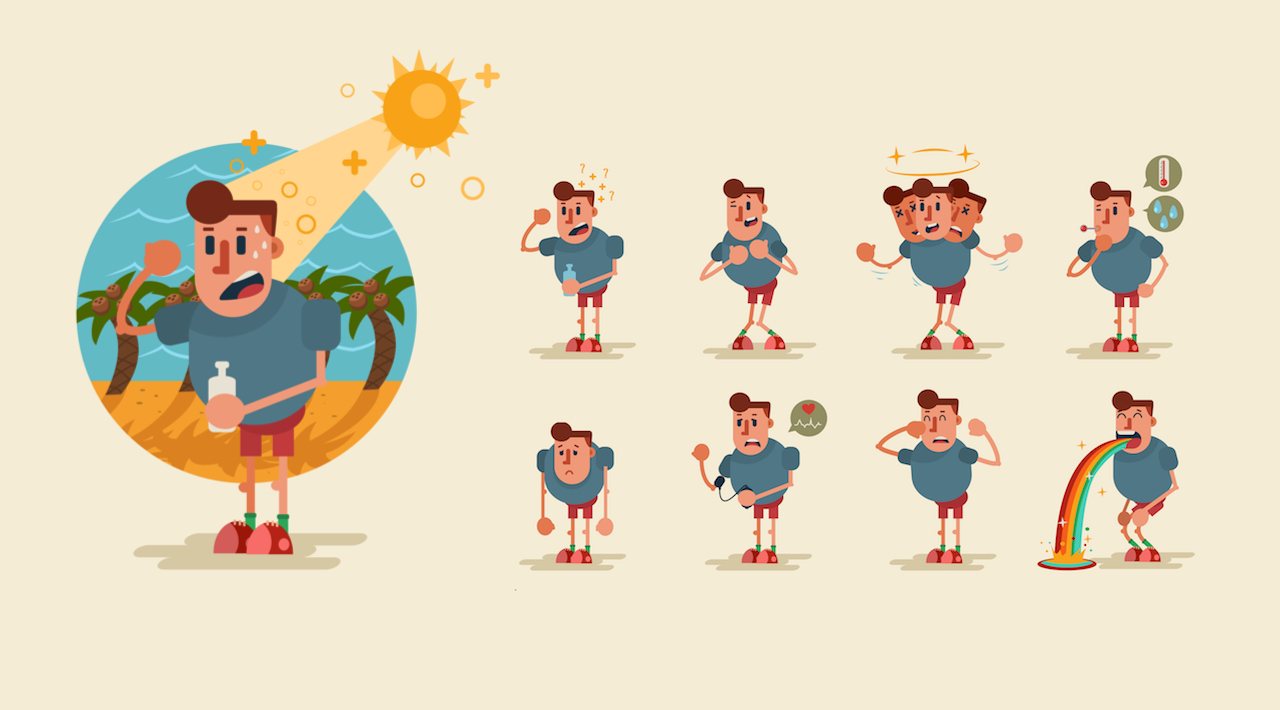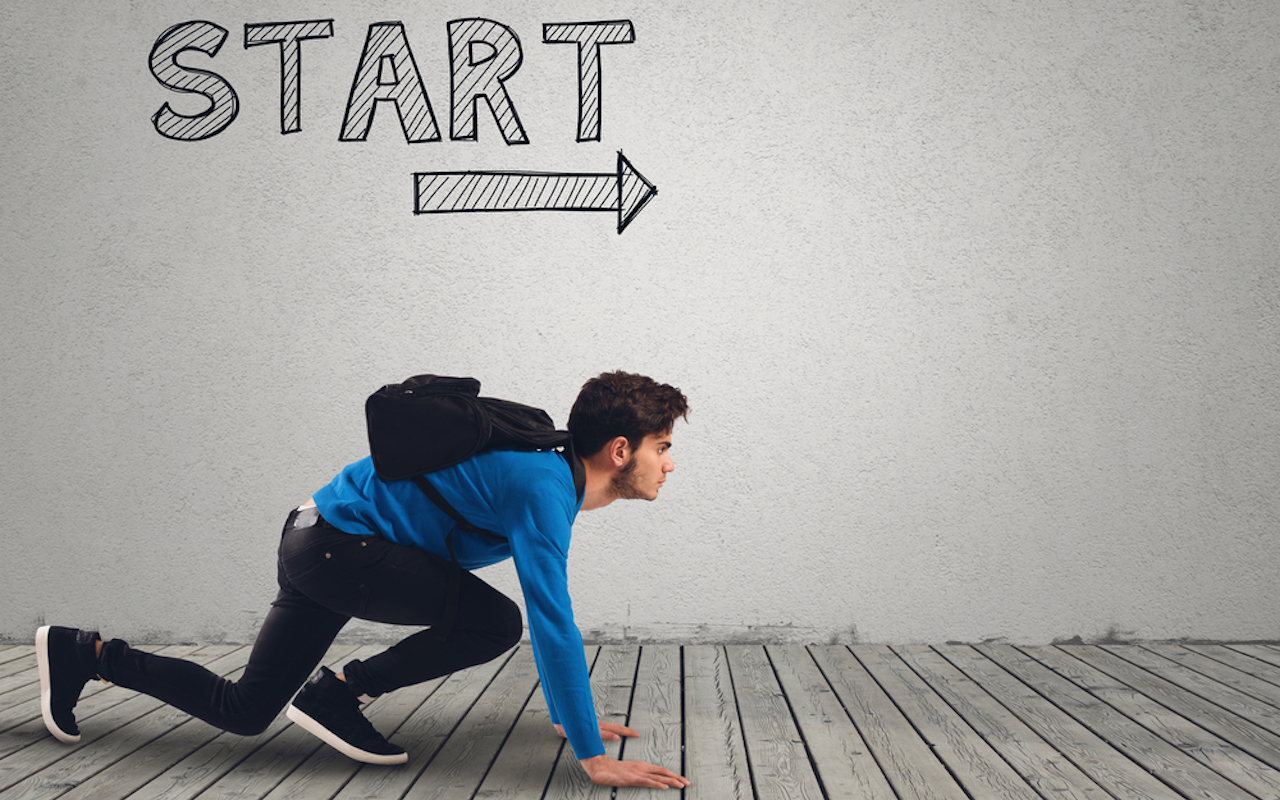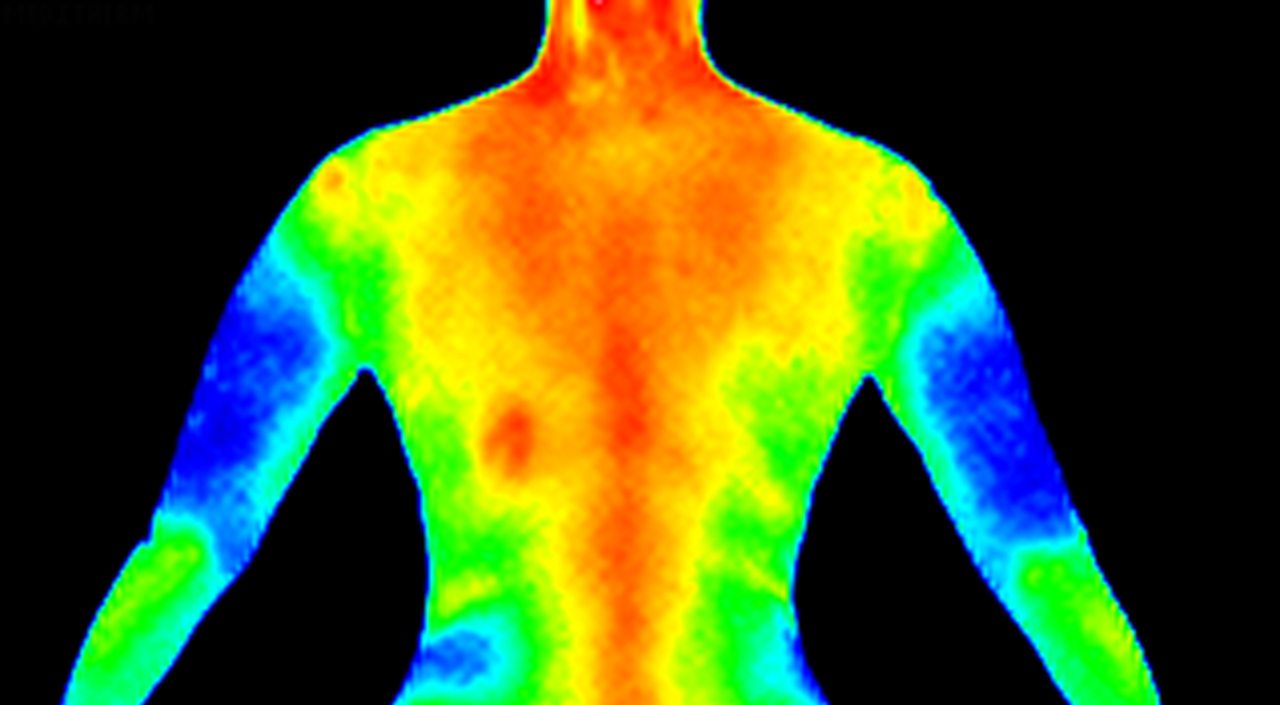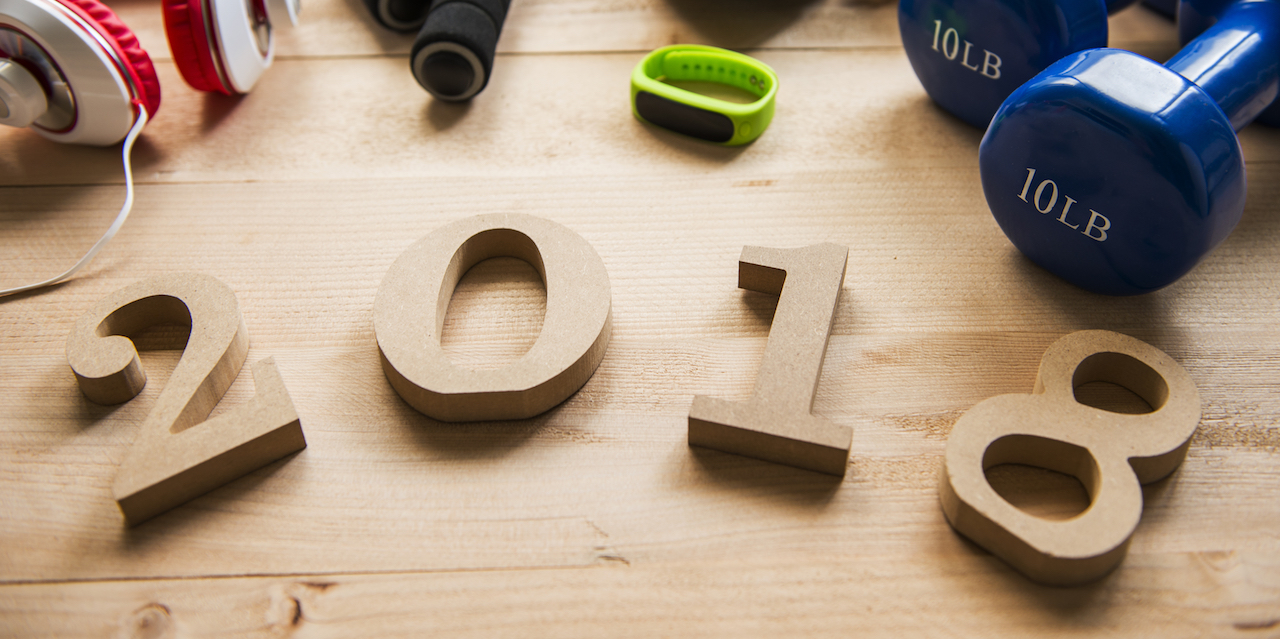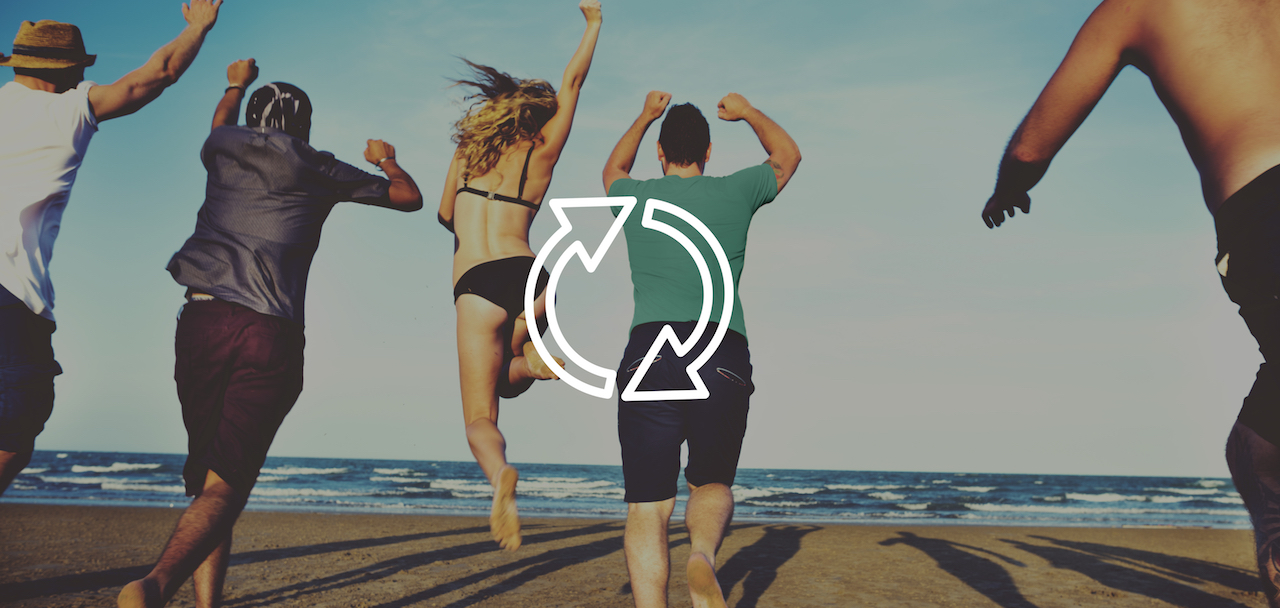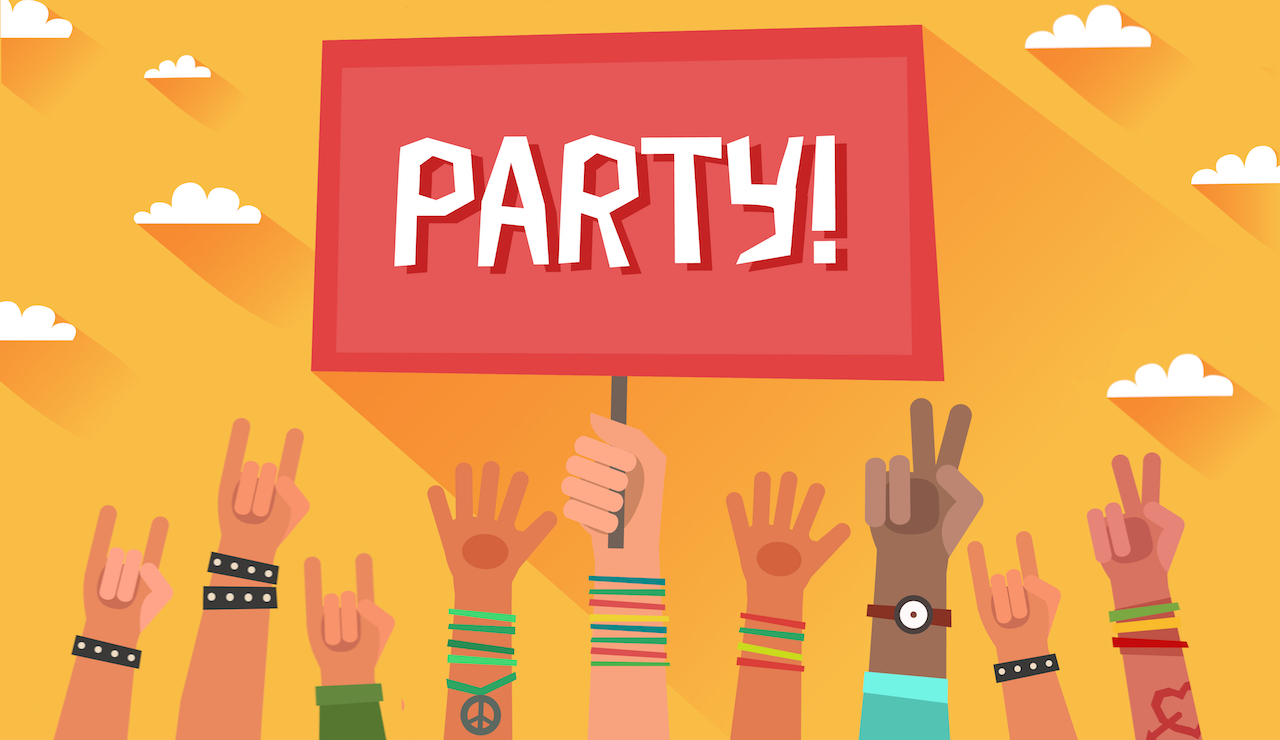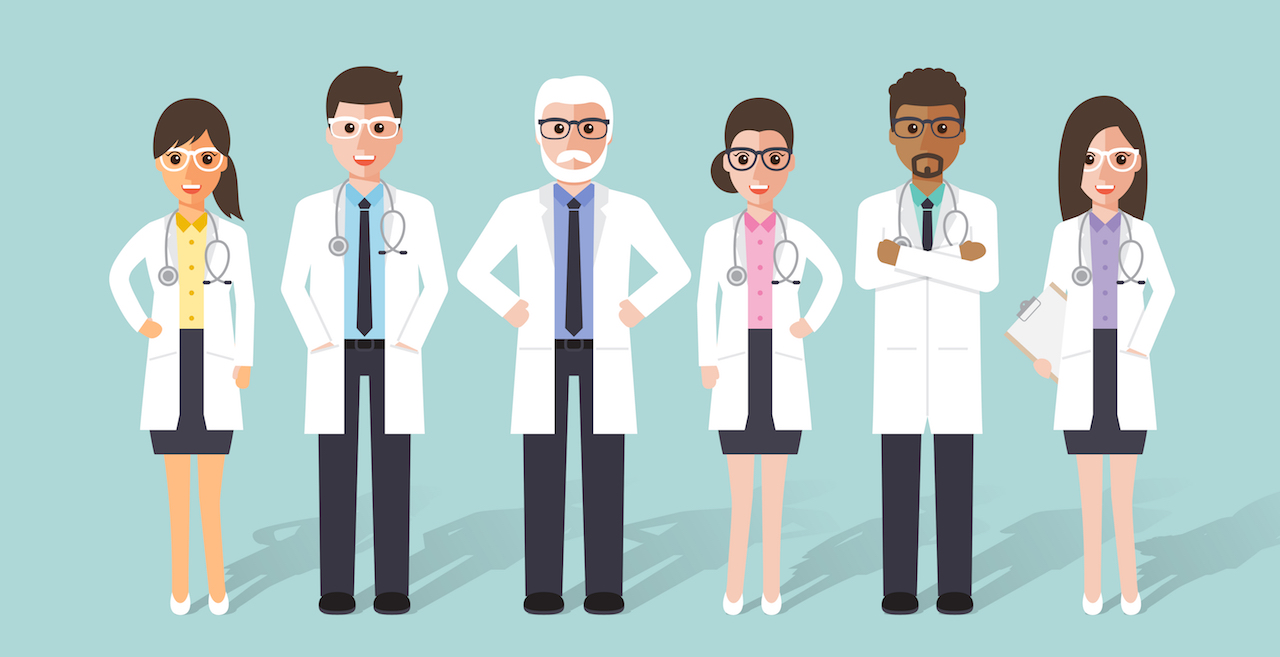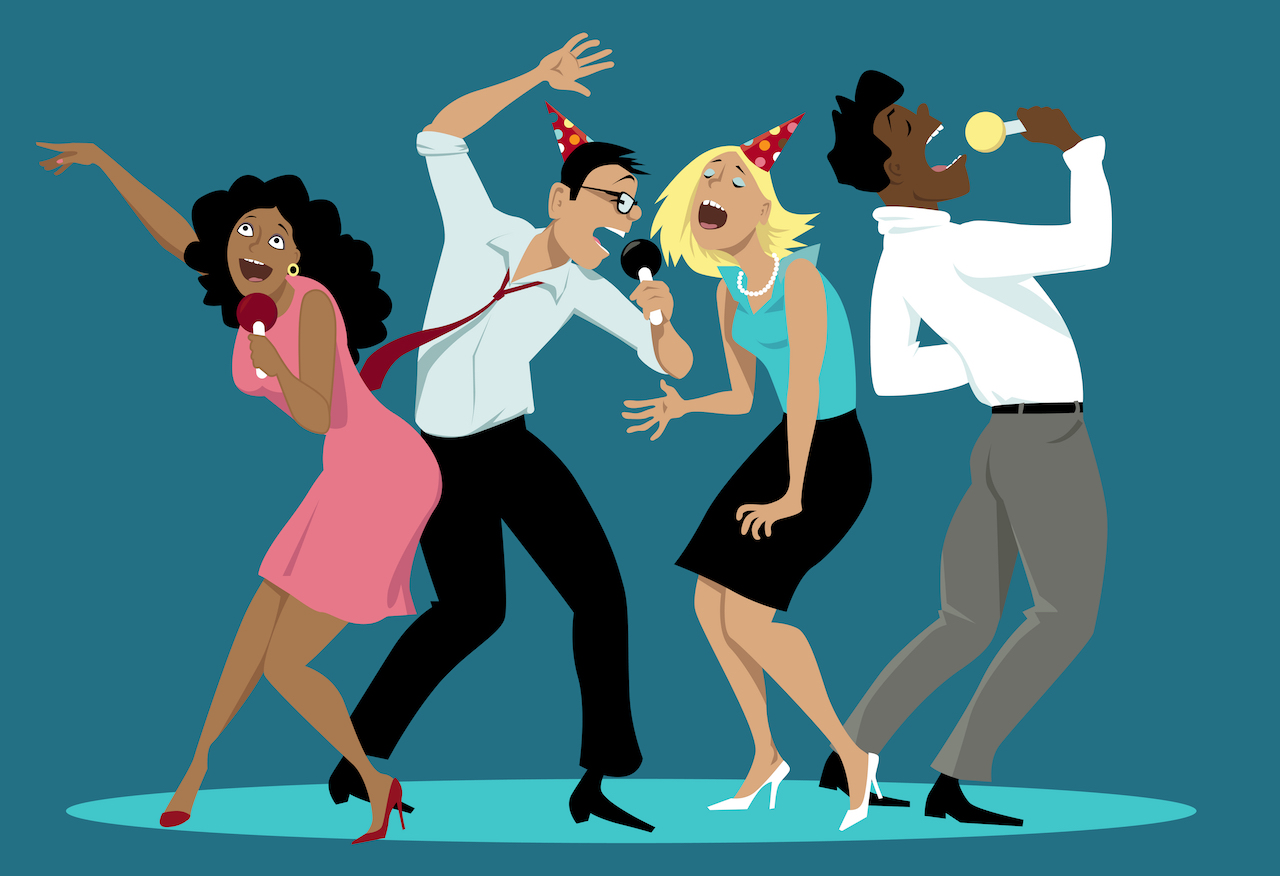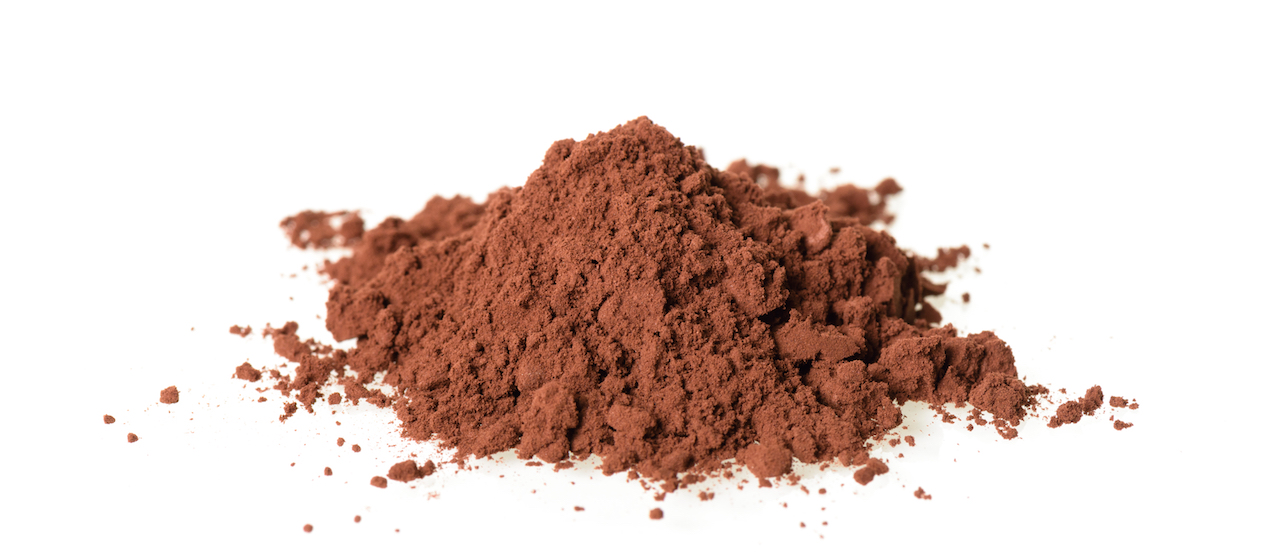Summer festivities are in full swing. The sun is shining, the air is warm, and the sky is blue; this definitely calls for outdoor fun. Take care of your body though; soaking up the rays comes at a cost.
Dangerous heatwaves are common and can even be fatal; leading to death in more than 60 different parts of the world each year! So how exactly does this happen?
What is so bad about the heat?
Think about it like this: when you’re outdoors, there’s nothing between you and that giant ball of energy and light – except for a layer of sunblock. When sunlight hits the earth, some of its radiation is absorbed and some is reflected. Darker surfaces absorb more of the radiation and lighter surfaces reflect the radiation. (Which is why you feel cooler when you wear light or white clothes.)
Although sweating (and breathing) are your body’s ways of cooling itself down, it is only effective when the sweat can evaporate. If you’re trapped in intense heat, your body loses its ability to cool down. Your body temperature will keep rising until you get heat exhaustion or heat stroke.
Heat exhaustion
This heat-related illness can happen after you’ve been exposed to high temperatures, and is often accompanied by dehydration.
There are two types of this exhaustion:
- Water depletion: Weakness, excessive thirst, headache, and loss of consciousness.
- Salt depletion: Muscle cramps, nausea, vomiting, and dizziness.
Dehydration can also be worse if you have skin damage. When the sun’s rays penetrate on your skin, it can cause pigmentation changes, wrinkles and burns.
Heat stroke
Exertional heat stroke (EHS) is the most severe form of heat illness. A heat stroke is a life-threatening condition and must be treated as soon as it happens. If it isn’t treated immediately, it’s likely to result in death within a short space of time.
Look out for these signs
- A throbbing headache
- Light headedness and dizziness
- Rapid heartbeat
- 40°C body temperature or higher
- No sweat, despite the heat
- Confusion and hallucination
- Hot, dry, red skin
- Cramps and weak muscles
- Nausea and vomitting
- Irritability and changes in speech
- Shallow breathing
- Dilated pupils
- Convulsions
- Loss of consciousness
Heat rash
A heat rash is a skin rash that occurs when sweat ducts trap perspiration under the skin. Heat rash often takes place during hot, humid weather and often looks like red clusters of pimples or small blisters. It usually develops in skin folds, elbow creases, the groin or on the neck and upper chest.
Prevention is key
Drink at least eight glasses of water a day to stay hydrated. Drink before you feel thirsty, and avoid alcohol and caffeine which could dehydrate you further. To protect you from heat-related conditions, remember the following:
- Wear light-coloured and lightweight clothes. Use a sun hat, cap or an umbrella to deflect the sun’s rays.
- Use a sunscreen with an SPF of 30 or more to avoid sunburn.
- Eat smaller, more frequent meals instead of big portions.
- Avoid strenuous activity.
- Stay indoors as much as possible.
- Limit your time in the sun when the sun’s rays are most intense, between 10am and 4pm.
- Protect your eyes with sunglasses. Choose sunglasses labelled with a UVA/UVB rating of 100% to get the most UV protection.
References:
- https://www.scientificamerican.com/article/why-does-being-in-the-heat-make-us-feel-tired/
- https://www.livescience.com/55129-how-heat-waves-kill-so-quickly.html
- https://www.nata.org/sites/default/files/white-paper-Exertional-Heat-Illness.pdf
- https://www.nationalgeographic.com/environment/climate-change/
- https://www.fda.gov/ForConsumers/ConsumerUpdates/ucm049090.htm

